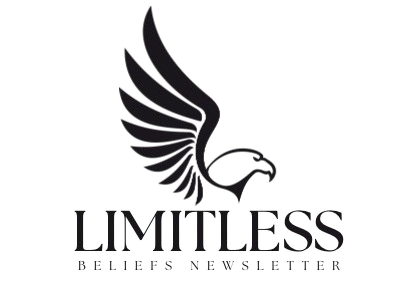As widely predicted, the South African Reserve Bank (Sarb) kept its key repo rate at 8.25% on Wednesday, which means the prime lending rate of local commercial banks also remains unchanged at 11.75%.
Sarb governor Lesetja Kganyago announced the decision following the bank’s March Monetary Policy Committee (MPC).
ADVERTISEMENT
CONTINUE READING BELOW
This is the fifth consecutive ‘hold’ repo rate decision by the central bank, which keeps SA’s benchmark rate at a 15-year high.
It comes as inflation hit a four-month high last month, surprising the market somewhat and pushing expectations for a rate cut into the second half of 2024.
Kganyago said the decision by the Sarb’s five-member MPC was unanimous one.
While most economists and market watchers were expecting a hold decision even before the February inflation number came out last week, some were pencilling in a repo rate cut in May.
Read: SA set to hold key rate at 15-year high, delay cuts
The latest CPI number has put paid to expectations for a cut in the first half of the year, with the earliest expectations for a cut to now come at the July MPC meeting.
Some economists have pushed out the start of a rate-cutting cycle to only begin at the September or November MPC meetings.

Source: SA Reserve Bank via X
Kganyago highlighted that South Africa had a more gradual acceleration in inflation than many peer countries, with a lower peak, after Covid.
However, he added that the return to the Sarb’s (inflation) target for has been slow.
“The most recent inflation numbers showed yet another delay on the way back to our 4.5% objective, with headline up to 5.6% in February.
ADVERTISEMENT
CONTINUE READING BELOW
“This is nearer the top of our target range than the midpoint. Core inflation also rose, to 5%,” he said.
Spike in services inflation
“This rise in core inflation was due to an acceleration in services, led by the medical aid component.
“Services inflation is now at its highest since 2019. This suggests that South Africa is joining the global trend of services, rather than goods, becoming a major source of inflation,” added Kganyago.
“We still see headline inflation heading back to 4.5%. However, given extra inflation pressure, headline now reaches the target midpoint only at the end of 2025, later than previously expected.
“As a result, the policy rate in our baseline forecast also starts normalising later,” he warned.
“Regarding food prices, we are at a difficult juncture. Last year, food inflation hit its highest levels since 2008. Food inflation has now slowed. But this is a critical time in the growing season, and it has been unusually hot and dry, which may cause food inflation to pick up again,” said Kganyago.
Read:
Scorching heat raises South African food inflation risk
Africa’s biggest economies set to hold interest rates as inflation risks linger
Medical aid 2024: Highest and lowest increases announced


